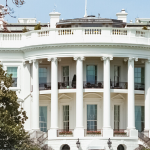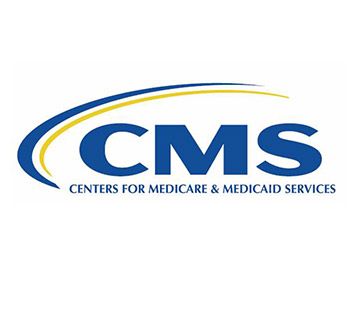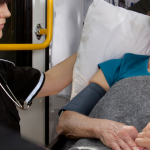As reported in various media outlets, on December 1 the Center for Disease Control and Prevention’s (CDC) Advisory Committee on Immunization Practices (ACIP) voted 13-1 to recommend that health care providers, expressly including EMS personnel, be prioritized to receive the COVID-19 vaccines during Phase 1a of the vaccine distribution plan. The complicating factor is that State and local governments have the final say in whether these recommendations are incorporated into their own distribution plans. Thus, we encourage all AAA members to engage actively with their State and local governments to urge the adoption of the CDC recommendation. The AAA has developed a toolkit for members to use in reaching out to their state and local government officials.
View and Download Toolkit Here►
The AAA has been engaging with ACIP and other federal policy makers to urge them to prioritize EMS in the vaccine distribution plan. On November 19, the AAA submitted a comment letter to the ACIP advocating that the advisory committee specifically include EMS personnel in their recommendation of groups in the first phase of receiving the vaccination. Even though States and local governments will create their own list, having EMS listed in Phase 1a CDC recommendations is a critically important step toward influencing the State and local process.
During its second emergency meeting in less than a month, ACIP met to develop recommendations on the prioritization of vaccines, given that it will be impossible to provide access to everyone in the United States immediately after the vaccines are approved. In both virtual meetings, Committee members noted the importance of EMS personnel having access to the vaccine in the very top tier for prioritization. Other health care personnel on this list are defined as hospitals, long-term care facilities, outpatient clinics, home health care, pharmacies, and public health. The Phase 1a tier also includes residents of nursing homes, assisted living facilities, and other residential care settings, given that approximately 40 percent of all COVID-19 deaths have occurred in these settings. The final recommendation approved states:
When a COVID-19 vaccine is authorized by FDA and recommended by ACIP, vaccination in the initial phase of the COVID-19 vaccination program (Phase 1a) should be offered to both 1) health care personnel§ and 2) residents of long-term care facilities.
Health care personnel are defined as paid and unpaid persons serving in health care settings who have the potential for direct or indirect exposure to patients or infectious materials.
Long-term care facility residents are defined as adults who reside in facilities that provide a variety of services, including medical and personal care, to persons who are unable to live independently.
The CDC plans to publish this recommendation in the Morbidity Mortality Weekly Report as well.
The only controversial issue related to whether long-term care facility residents should receive the vaccine given the limited information available about its effectiveness and safety in these populations.
Because President Trump has indicated that State and local governments do not have to follow the CDC recommendations, it is critically important that AAA members work closely with their State and local governments to ensure that the CDC recommendations with regard to EMS are adopted by them as well. The AAA has posted a tool kit on our website to help our members provide the necessary information to their State and local governments as they are making these decision.
ACIP will continue to evaluate the distribution prioritization for Phase 1b, which will likely be non-health care essential workers, and Phase 1c, which will include adults with high-risk medical conditions and adults 65 years or older.
















